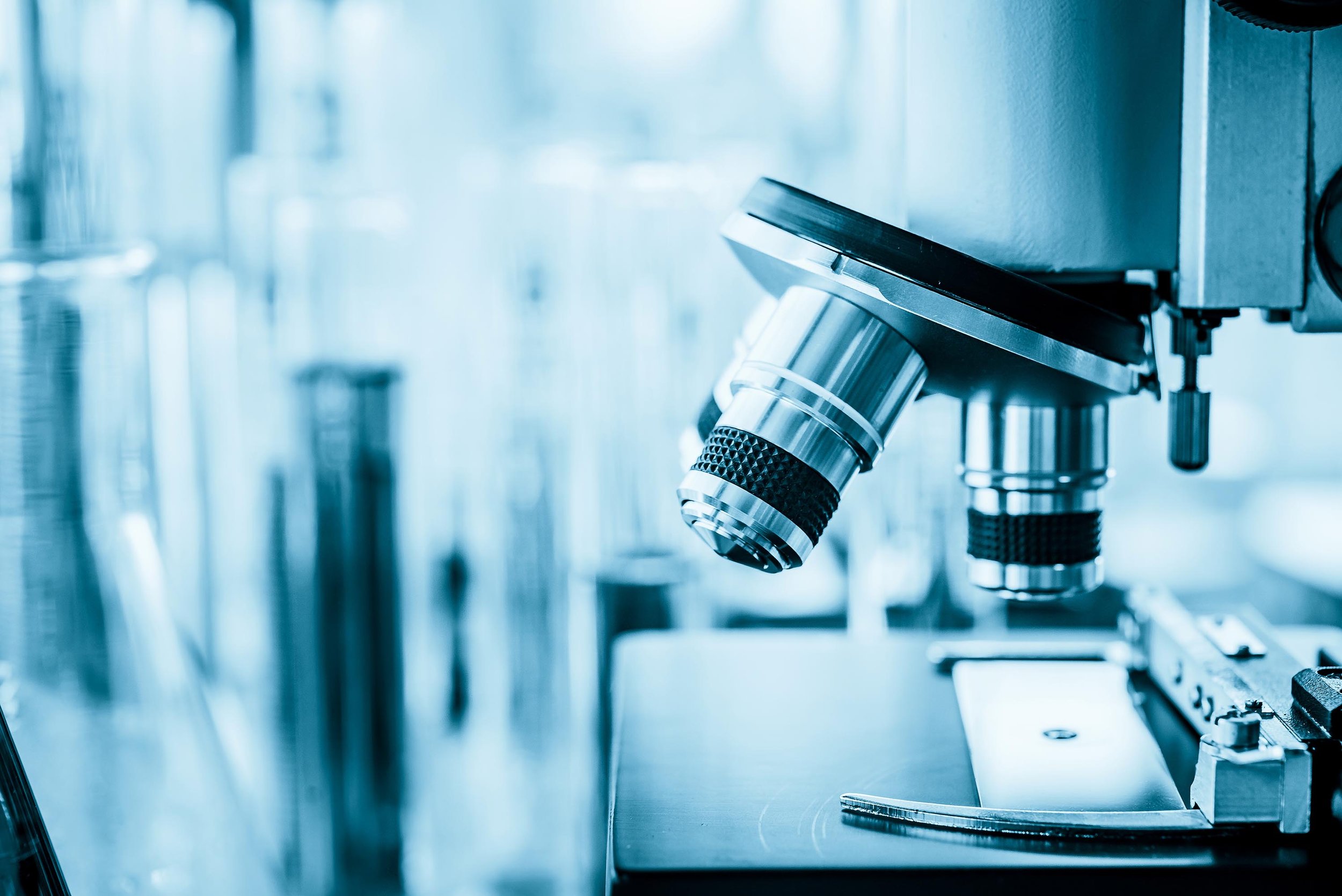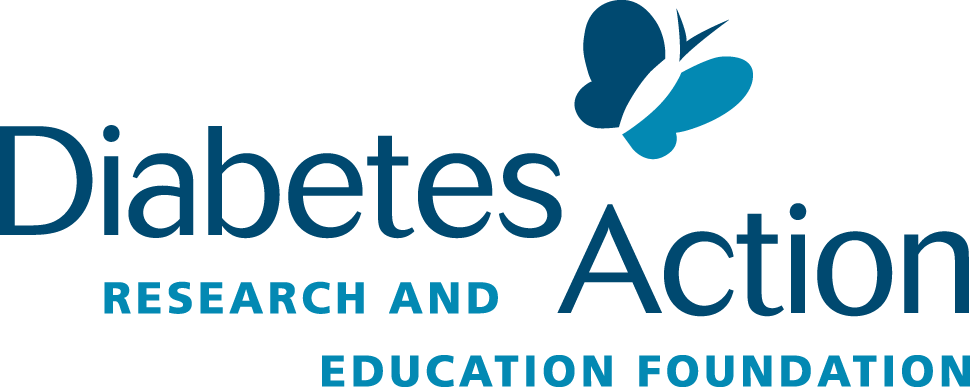
past Research
2017
Home > Research > Past Research > 2017
Cure for Type 1 Diabetes
ESTABLISHMENT OF TOLERANCE TO PROINSULIN TO PREVENT OR REVERSE TYPE 1 DIABETES
Researcher:
Teresa DiLorenzo, PhD, Professor
Albert Einstein College of Medicine
New York, NY
Purpose:
Beta cells in the pancreatic islets are responsible for making insulin, which is essential for controlling how sugar is used in the body. Type 1 diabetes is an autoimmune disease that occurs when the T cells of the immune system kill the beta cells and insulin can no longer be made. Suppressing all of the T cells of the body could prevent, or even reverse, type 1 diabetes. However, suppression of all the T cells would lead to serious side effects such as an increased susceptibility to infections and cancer. This alternative approach seeks to suppress only those T cells that are responsible for destroying the beta cells. The researchers also hope to facilitate the development of T cells that can suppress the remaining disease-causing T cells.
USING AN ANTIGEN SPECIFIC MONOCLONAL ANTIBODY TO MODULATE ISLET AUTOIMMUNITY AND REPROGRAM THE DEVELOPMENT OF TYPE 1 DIABETES
Researcher:
Li Zhang, MD, Ph.D., Assistant Professor
Baylor College of Medicine
Houston, TX
Purpose:
Type 1 diabetes (T1D) is an islet specific autoimmune disease, insulin is a key autoantigen of T1D in both mouse model and human. The hypothesis is that a monoclonal antibody targeting insulin, the most important self-antigen, is able to modulate insulin autoimmune response and therefore subsequently delay or prevent T1D. Previously the researchers successfully prevented T1D in mouse model using an insulin specific monoclonal antibody. To extend the animal tested principle to human studies, this study proposes to characterize monoclonal antibodies specific to human insulin (AIM 1) and test their ability to inhibit peripheral blood T cells of new-onset T1D patient and insulin specific human T cell clones (AIM2). The researchers hope this proposal will lead to the development of an innovative new therapy for T1D. If this project is successful, 50-60% of T1D patients who have specific high risk gene may benefit from this therapeutic modality.
COMPLEMENTARY / NUTRITION RESEARCH
GENISTEIN: UNDERSTANDING ITS ABILITY TO AMELIORATE INTESTINAL DYSFUNCTION IN DIABETES
Researcher:
Layla Al-Nakkash, Ph.D., Professor of Physiology
Midwestern University
Glendale, Arizona
Purpose:
Clinically, for those individuals with type 2 diabetes or obesity-related diabetes, the impact to overall health is significant, and among other symptoms, it also leads to gastrointestinal (GI) disease. The researchers propose to use a mouse model that mimics very closely the GI symptoms seen in people, and they will examine if male and female intestinal issues are the same in diabetes. They will examine the mechanism(s) of action of genistein (a naturally occurring compound found in soy) on intestinal function. They will use laboratory techniques that are complementary to assess for both GI and overall diabetic health in this readily available animal model of type 2 diabetes. This study will help the understanding of GI disease in diabetics, and will also assess the role that a naturally occurring soy product, genistein, can play in helping reverse some, if not all, of the intestinal complications of diabetics.
Paper published 2019
Paper published 2018
Paper published 2017
INFLUENCE OF ACTIVATION OF CB2 RECEPTORS ON CEREBROVASCULAR FUNCTION
Researcher:
William G. Mayhan, Ph.D., Professor and Dean
University of South Dakota-Sanford School of Medicine
Vermillion, SD
Purpose:
In addition to producing abnormalities to the peripheral circulation, diabetes also has profound effects on the brain. Cognitive function is decreased and the incidence of stroke is increased by diabetes. Although the precise mechanisms responsible are not clear, the researchers suggest that impaired dilation of cerebral arterioles may contribute. Normally, cerebral blood flow will match metabolic demand (neurovascular coupling). However, during diabetes there is impaired vasodilation, and thus impaired neurovascular coupling. The researchers believe this scenario contributes to ischemic stroke during diabetes. Activation of cannabinoid receptors (CB2) has been shown to be protective in non-diseased models, but their potential protective role in the cerebral circulation during diabetes remains unknown. These studies will be the first to examine how activation of CB2 receptors may influence cellular pathways responsible for brain damage during diabetes. The researchers speculate that their studies will reveal a novel therapeutic approach for the treatment of cerebrovascular disorders during diabetes.
EXPLORING THE ROLE OF COCOA DERIVED EPICATECHINS ON BETA CELL GROWTH, FUNCTION AND SURVIVAL
Researcher:
Jeffery S. Tessem, Ph.D., Assistant Professor
Brigham Young University, Dept. of Nutrition, Dietetics and Food Science
Provo, UT
Purpose:
Type 1 and type 2 diabetes eventually result in loss of functional beta cell mass. Interventions that increase functional beta cell mass could be used as a treatment for both forms of diabetes. Studies have shown that cocoa flavanol compounds have protective effects against obesity-induced diabetes. These studies demonstrated that flavanol epicatechin fractions are able to prevent high fat fed animals from becoming diabetic. The researchers hypothesized that these cocoa epicatechins may have a critical effect at the insulin producing pancreatic beta cell. The researchers have shown that epicatechin fractions are able to enhance beta cell proliferation, protect against high fat induced cell death, and increase insulin secretion. The primary aim of this project is to determine the molecular mechanisms by which cocoa epicatechin fractions improve functional beta cells mass, and to use this to develop treatments for patients with diabetes.
PREVENTION OF AMYLIN AMYLOIDOSIS IN TYPE 2 DIABETES BY BOTANICAL BALCALEIN
Researcher:
Bin Xu, Ph.D., Assistant Professor
Virginia Polytechnic Institute and State University
Blacksburg, VA
Purpose:
The goal of this project is to investigate the novel functions of a natural product, baicalein, in the prevention and treatment of diabetes and its complications. Due to a rapidly aging population and the modern sedentary lifestyle, type 2 diabetes and related neurodegeneration are reaching epidemic proportions and they are among the fastest growing diseases in America and worldwide. Currently, there is no known cure for these diseases. One potential molecule link between these two diseases is a molecule call amylin. Excessive secretion of this molecule in type 2 diabetes patients can lead to the formation of toxic aggregates, which can deposit in the pancreas and in other organs such as the brain and cause damages in these tissues. The researchers discovered that baicalein potently inhibits amylin aggregation and reduces amylin-induced toxicity. The researchers will determine how baicalein can inhibit amyloid formation and test how effective baicalein is in a diabetic animal model.
diabetic wound healing
THE FUNCTIONAL ROLE OF MICROENVIRONMENTAL CROSS-TALK IN MESENCHYMAL STROMAL CELL MEDIATED DIABETIC WOUND HEALING
Researcher:
James Ankrum, Ph.D., Assistant Professor
University of Iowa
Iowa City, IA
Purpose:
Diabetic wounds are the leading cause of non-traumatic amputation. Mesenchymal stem cells (MSC) transplanted into diabetic wounds have been shown to promote healing and resolution of wounds that otherwise would not heal. This study seeks to understand whether the use of live MSC in the wound are required or if delivery of factors produced by MSC are sufficient to promote healing. MSC are known to only live for a few days after transplantation and the ability to directly apply factors produced by MSC in an ointment form would significantly simplify the translation of this emerging therapy for diabetic wound healing. A novel biomaterial based carrier system has been developed that is capable of delivering and retaining both MSC as well as MSC produced factors directly on wounds allowing for direct comparison of the two therapies.
insulin resistance
UNDERSTANDING THE ROLE OF KSRP IN CONTROL OF INSULIN SIGNALING
Researcher:
Ching- Yi Chen, Ph.D., Associate Professor
University of Alabama at Birmingham
Birmingham, AL
Purpose:
Insulin plays an important role in maintaining normal blood glucose levels by activating a series of actions referred to as the insulin signaling pathway in insulin target tissues. Defects in this pathway result in insulin resistance which predisposes an individual to the development of type 2 diabetes. Detailed understanding of how the insulin signaling pathway is regulated and how this pathway is disrupted during the progression of type 2 diabetes should provide a better way to reduce insulin resistance. The researchers plan to determine how a protein called KSRP controls the insulin signaling pathway and identify factors that are regulated by KSRP and involved in this pathway. These studies are expected to identify new factors in control of insulin signaling pathway which may serve as useful targets for drug development. Thus, much more effective therapeutic methods may be developed to increase insulin sensitivity in individuals with type 2 diabetes.
OBESITY / BARIATRIC SURGERY RESEARCH
TARGETING THE UNDERLYING INFLAMMATION IN OBESITY-ASSOCIATED METABOLIC SYNDROME
Researcher:
Guianglong He, Ph.D., Assistant Professor
University of Wyoming
Laramie, WY
Purpose:
As an emerging epidemic in the US and worldwide, obesity is associated with a constellation of metabolic disorders including insulin resistance, glucose intolerance, type 2 diabetes, hypertension and cardiovascular abnormalities. As a hallmark feature, obesity is accompanied with chronic inflammation leading to potential cell damage and organ dysfunction. Furthermore, obesity is associated with increased lipid accumulation in many tissues. Therefore, understanding the underlying mechanisms responsible for obesity-associated chronic inflammation and the consequences on myocardial dysfunction is significant. The overall goal of this study is to determine the upstream signals that activate the pro-inflammatory responses and their consequences on myocardial dysfunction in high fat diet-induced obesity. With the critical knowledge obtained from these studies, potential pharmacological interventions may be possible aiming at inhibiting the deregulated lipolysis process and the pro-inflammatory responses associated with high fat diet-induced obesity.
LUMINAL COATING OF THE INTESTINE FOR REDUCED GLUCOSE ABSORPTION
Researcher:
Jeffrey M. Karp, Ph.D., Associate Professor
The Brigham and Women’s Hospital
Cambridge, MA
Purpose:
Roux-en-Y gastric bypass (RYGB) surgery is regarded as the gold standard treatment of obesity and obesity-related type 2 diabetes. However, its invasive and non-reversible nature has limited its application to small patient subgroups. Surgical isolation of the proximal bowel following this surgery is thought to be a critical driver of the observed clinical benefits. The study aims to develop an orally administered gut-coating formulation that provides a transient barrier to nutrient contact with the proximal intestinal mucosa, thus recreating an important aspect of the surgical procedure non-invasively. Through screening candidates for barrier formation the researchers identified sucrose octasulfate aluminum complex and further engineered it to rapidly form an effective transient physical coating in-situ within the duodenum. Here the researchers aim to further engineer the gut coating agents and validate that oral administration of this gut-coating formulation provides an effective barrier to glucose absorption and lowers postprandial blood glucose concentration.
EFFECT OF EXERCISE AND CALORIC RESTRICTION ON IMMUNE HEALTH INSULIN RESISTANCE IN BARIATRIC PATIENTS
Researcher:
Steven K. Malin, Ph.D., Asst. Professor
Director Applied Metabolism & Physiology Lab
University of Virginia
Charlottesville, VA
Purpose:
Bariatric surgery is increasingly being used as a therapeutic option to combat rising rates in obesity and, in some cases, also treat diabetes and cardiovascular risk factors. However, recent work suggests that not all individuals respond the same way. In fact, some people appear to have higher risk of complications during the procedure than others. The reason for this finding is unclear but pre-operative health related to adipose tissue immune health and insulin resistance appear important. This research will test the effectiveness of pre-operative exercise and/or diet on improvements in immune health and insulin resistance to determine if health improvements before surgery drive greater changes in patient outcomes after the procedure. This study has clinical and public health relevance since determining the best lifestyle approach pre-operatively may minimize surgical difficulty and enhance the effectiveness of surgery on obesity related disease in the future.
